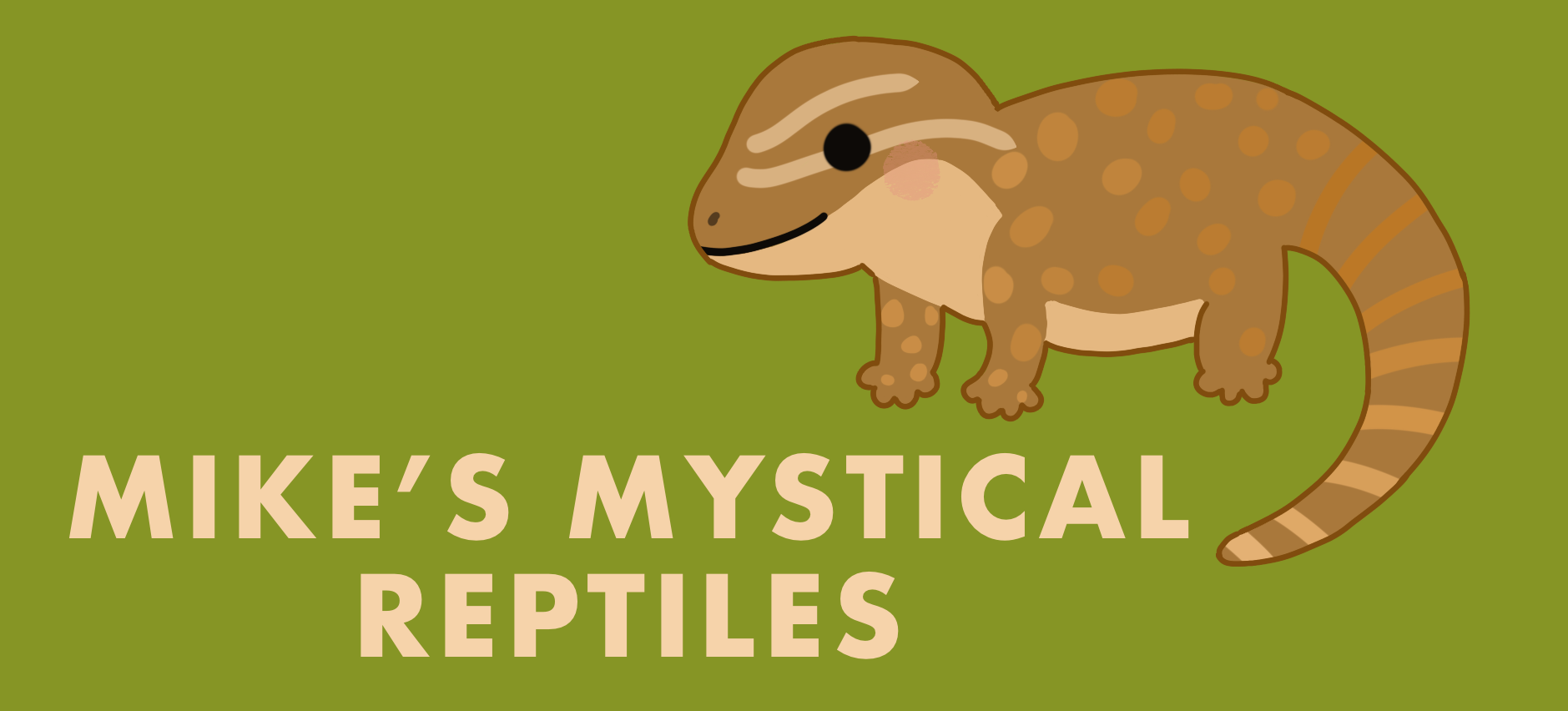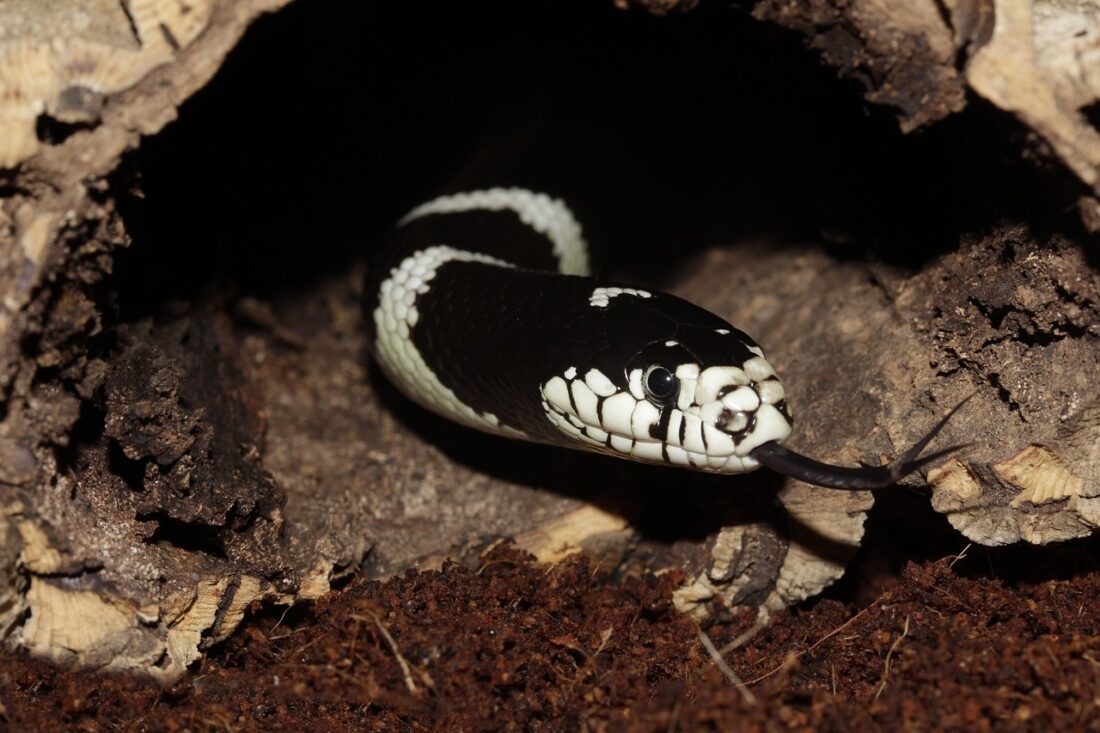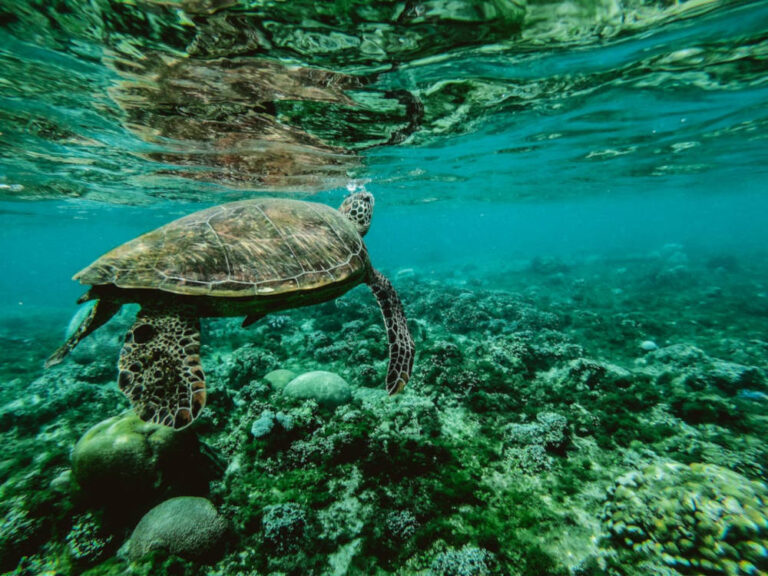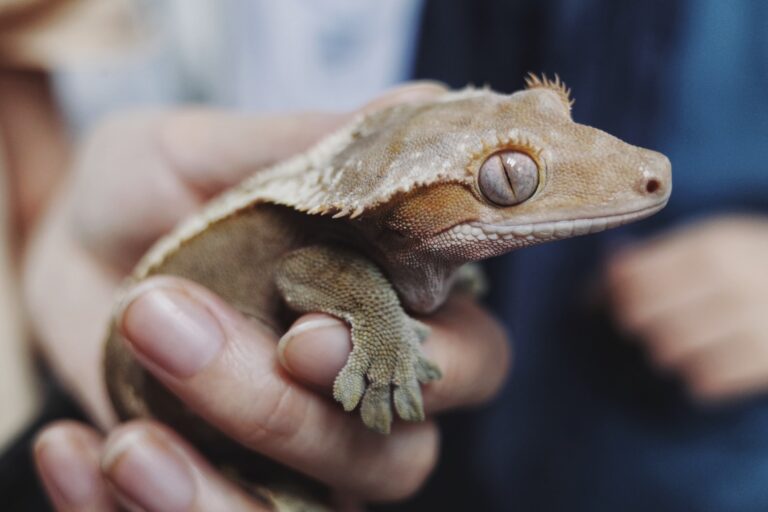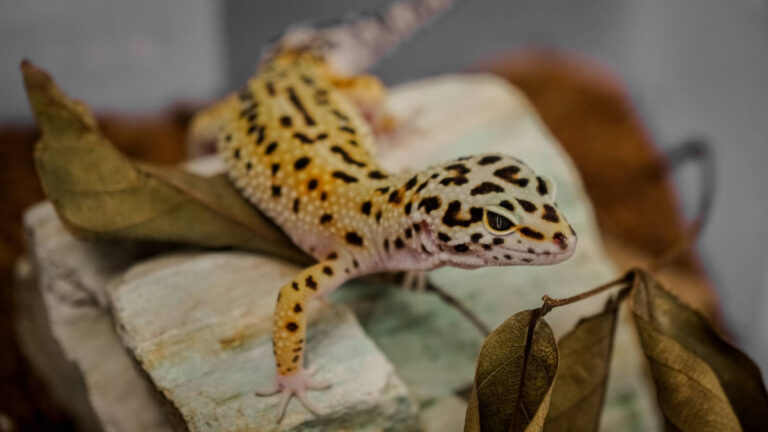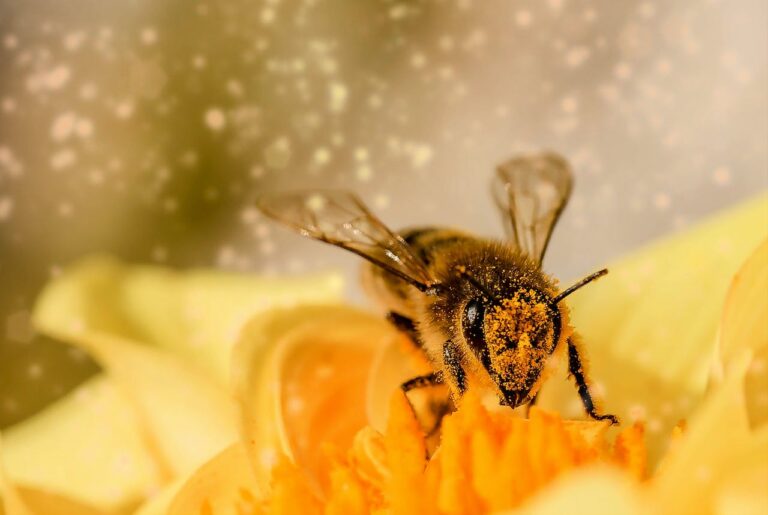Red Bearded Dragon Mastery: Is This Morph Right for You?
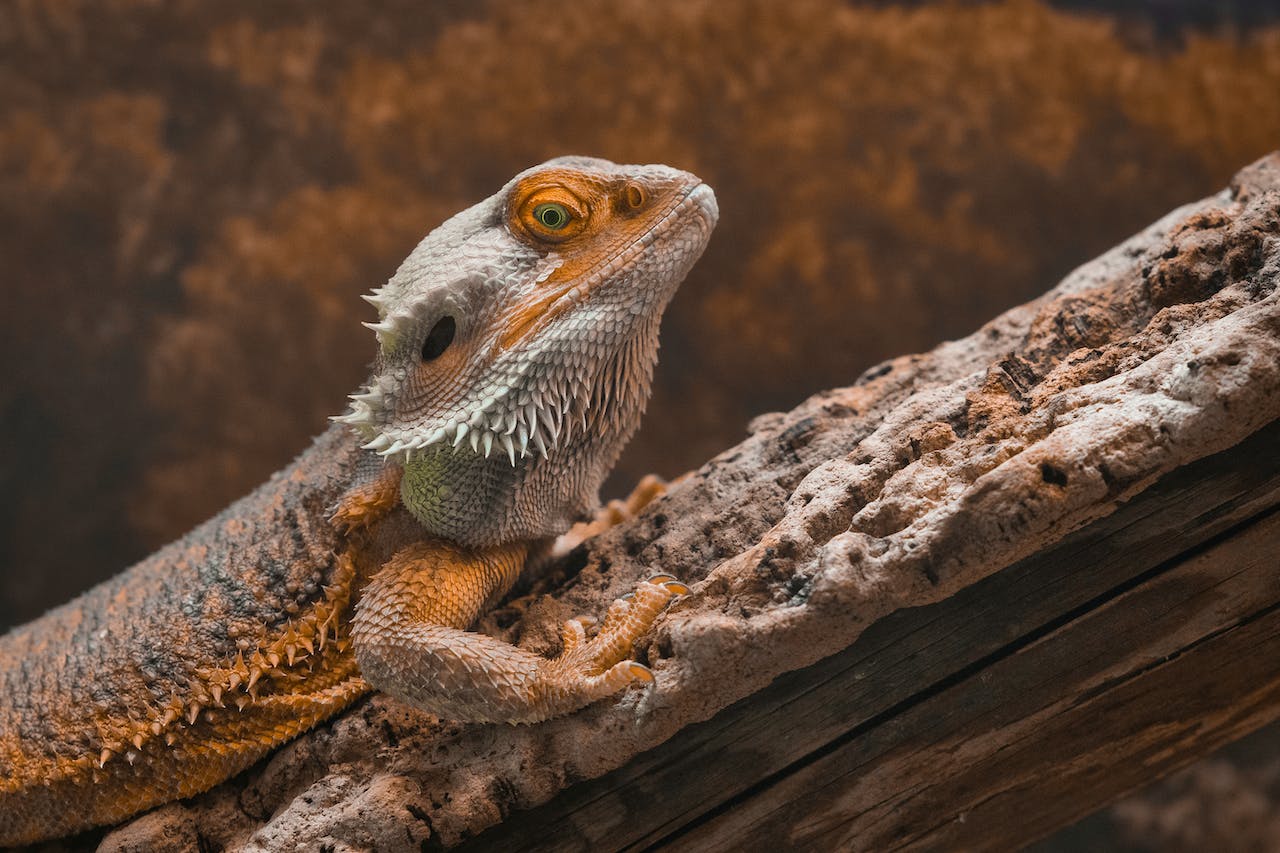
Introduction
If you’re thinking about bringing a bearded dragon into your family (or reptile family :D), get ready for an exciting adventure! Bearded dragons make excellent pets because they’re the perfect size, are super friendly, and have care requirements that are not overly complicated.
One of the more popular bearded dragon morphs that consistently capture the hearts of reptile enthusiasts is the red bearded dragon. It has earned quite a reputation for its striking appearance and vibrant colors, making it a popular choice among those seeking a reptile that is not only friendly, but also beautiful!
In this blog post, we’ll dive into the captivating world of red bearded dragons, exploring fascinating bearded dragon facts, covering interesting topics, and addressing frequently asked questions. So, let’s begin this journey! (PS: this is not a comprehensive care sheet)
Table of Contents
Are Red Bearded Dragons Rare?
The red bearded dragon morph is the second most common color morph, right below the common yellow morph. Red bearded dragons can vary in color from a deep ruby red to a fire engine red to a dull maroon.
You can expect to pay anywhere from $100 – $200 for decent red coloring and quality on the dragon. Generally, the deeper the shade of red, the more expensive.
On MorphMarket, the price range for red bearded dragon morphs can range from $100 to an absurd $8000. The bearded dragons with red monster lineage are much more expensive.
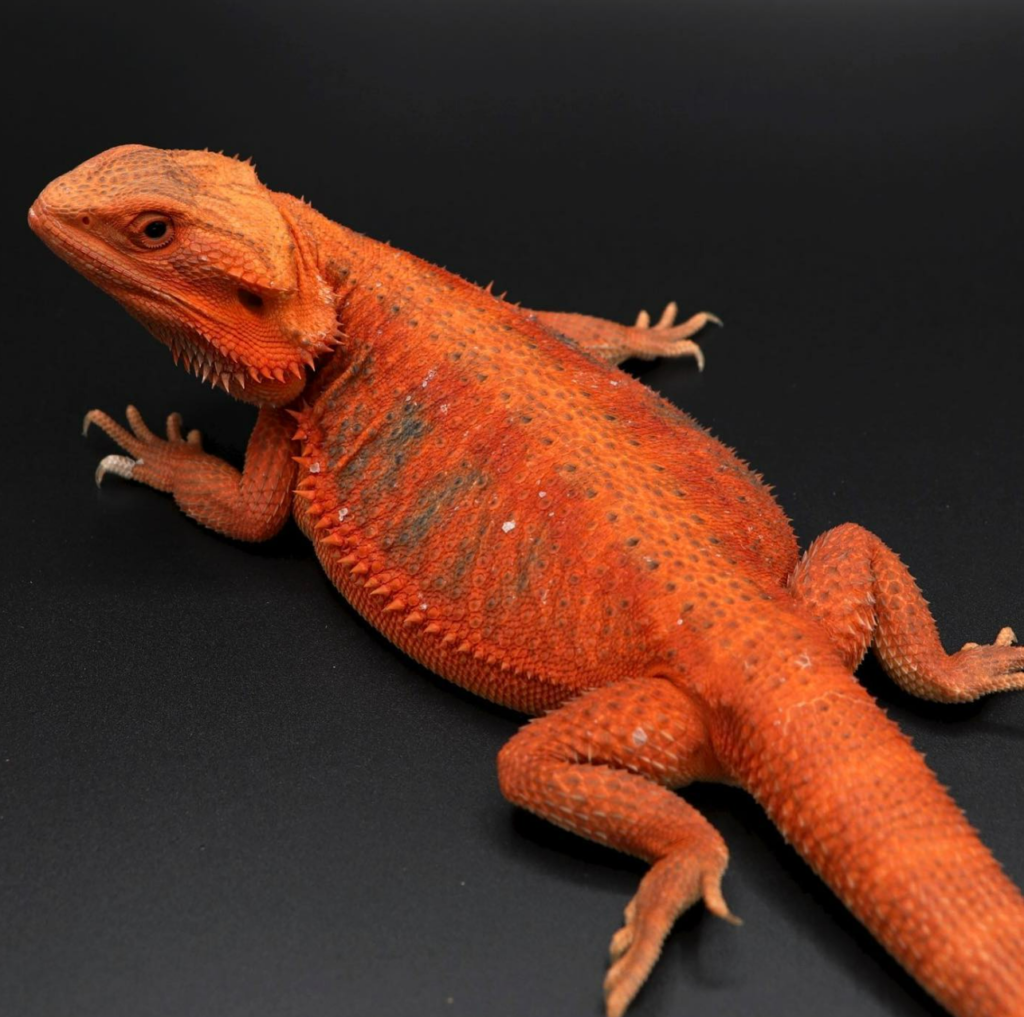
While red dragons are rarer than their yellow-colored friends, they are not as rare as other morphs, such as the zero or paradox morph.
Red bearded dragons are quite popular due to their eye-catching appearance, managing to strike a balance between being somewhat rare and fairly accessible.
While they’re not exceedingly rare, their vivid red coloration and patterns make them an attractive choice for those seeking a visually stunning reptile.
How Big Do Red Bearded Dragons Get?
Knowing how big your red bearded dragon is going to get is important in ensuring their future health and well-being.
Like most morphs of bearded dragon, the red-colored dragon will grow to lengths of between 18 and 24 inches, including both body and tail. The only morph that grows significantly larger than the rest is the German giant, growing to lengths upwards of 30 inches!
To properly attain a healthy size for your red bearded dragon, proper nutrition and care are required. One of the most overlooked keys to a healthy beardie is its enclosure size. I personally recommend a minimum of 120 gallons (4′ x 2′ x 2′). Because bearded dragons are semi-arboreal, it is beneficial to provide them with additional height. (A German giant will require an even larger enclosure)

A minimalistic design 4′ x 2′ x 2′ PVC Reptile Enclosure by Zen Habitats would be perfect for one bearded dragon! (Image pictured is not a Zen Habitat)
“Natural Terrarium Filled” by Մարիետա555 is licensed under CC BY 4.0
A larger 120-gallon enclosure allows enough distance between the basking spot and the cooler ambient temperatures. This will ensure proper thermoregulation and prevent overheating.
How Much Are Red Bearded Dragons?
Budget considerations are a significant aspect of acquiring a red bearded dragon. The price of a red bearded dragon can vary widely based on several factors. These factors include age, lineage, and the intensity of their coloration.
Typically, a baby red bearded dragon for sale might cost between $50 and $100. However, if you’re eyeing a more vibrant and high-quality red morph with intense coloration, you can expect prices ranging from $200 to $500 or even higher.
It’s crucial to conduct thorough research before making a purchase, as the initial cost of acquiring a red bearded dragon is just the beginning. There are ongoing expenses related to their care, including setting up their habitat, providing appropriate lighting and heating, and ensuring a steady supply of nutritious food.
Here is a bearded dragon supplies list for a decently colored red dragon:
- Baby bearded dragon – $100
- 120 gal PVC enclosure – $350
- Lighting and heating – $75
- Substrate – $25
- Hides and Decor – $60
- Food (for one month) – $50
- Potential vet visit – $65
- Other enrichment (toys, calcium, supplement) – $40
Total: $765
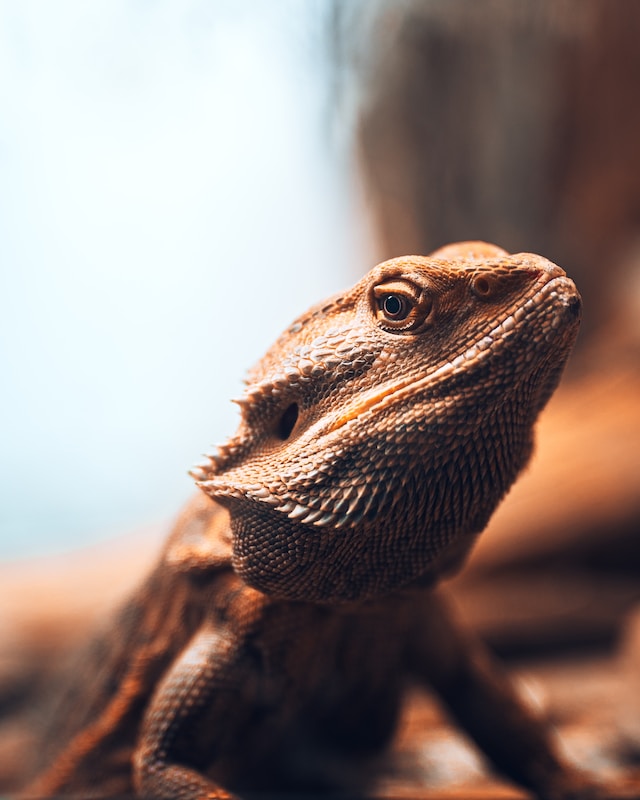
Note: I added in a slight overestimate for some factors to cover hidden or unknown costs.
This is just a rough estimate of the upfront costs needed to take in a new bearded dragon. You may be able to get certain items for a lower price if you search around.
As a responsible reptile keeper, remember to factor in these costs when planning to welcome a red bearded dragon into your home.
Red Bearded Dragons Diet
Proper nutrition is a key aspect of a bearded dragon’s health. Like all bearded dragons, red bearded dragons have a diverse diet. They enjoy a combination of insects, such as crickets and dubia roaches, as well as collard greens and vegetables.
Calcium powder is a non-negotiable addition to their diet, ensuring they receive the necessary calcium for healthy bone growth. Combine it with a vitamin D3 supplement (not always required) and ensure the UVB bulb is changed regularly (usually a maximum of 6 months) as the UV output decreases with time.
Dietary balance is also important for the health of your dragon. In their early stages of life, these dragons primarily consume insects, which are rich in protein, supporting their rapid early growth.
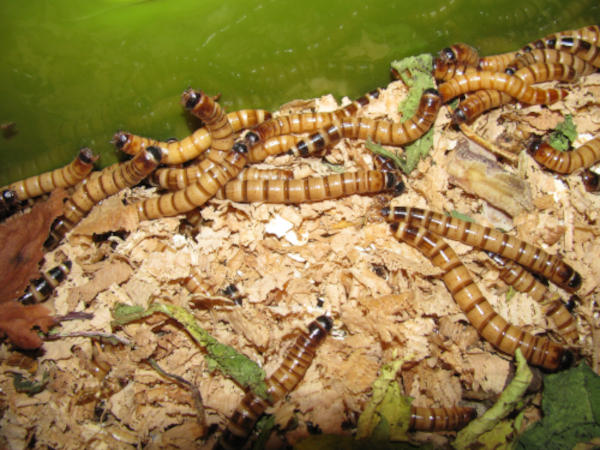

However, as they mature (hatchling to sub-adult/adult in approximately a year), their diet shifts towards more plant-based foods. This transition is crucial for maintaining their health and preventing metabolic bone disease, a common ailment in captive bearded dragons.
Variety in their diet is key. Rotating between different insect species and offering a diverse selection of vegetables and greens enriches their nutrition and keeps them engaged with their meals.
Just be sure to avoid feeding greens high in oxalates, like spinach, broccoli, or Swiss chard, as the oxalates will inhibit calcium absorption.
What Does It Mean When a Bearded Dragon Turns Red?
Hint: They don’t!
A common misconception about bearded dragons is that their beard could turn red. While this is NOT true, bearded dragons DO have the ability to change their “beard” color to various shades of gray or black.
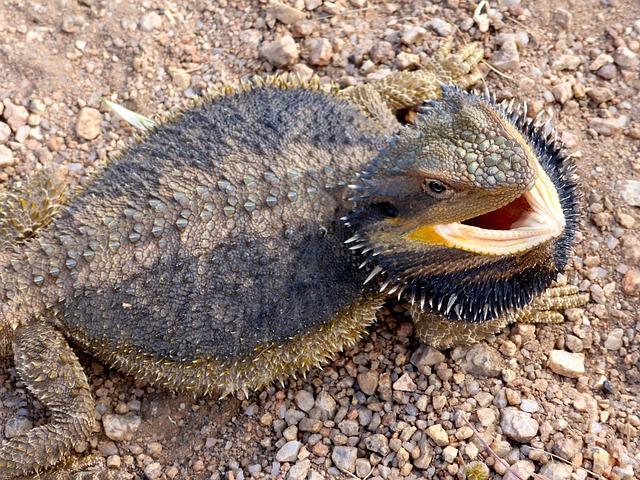
There are several reasons why bearded dragons change their beard color:
- If there is a perceived threat to their territory, they may display a black beard to establish dominance over other bearded dragons. This mainly happens when several bearded dragons are housed together or are in close proximity to each other (NOT recommended)
- During mating season, male bearded dragons may change their beard color to impress their female mates and encourage breeding.
- Temperature and environmental change could influence the color. Dragons could change their beard color as a form of camouflage or display of communication with other animals.
- Black beards could also be a sign of illness in the dragon.
However, most captive-bred bearded dragons will never show a black beard if cared for properly, as they are usually very docile lizards.
The key takeaway is to NEVER keep two male bearded dragons together. Also, only house a male and female together temporarily for the purpose of mating.
Where Do Red Bearded Dragons Come From?
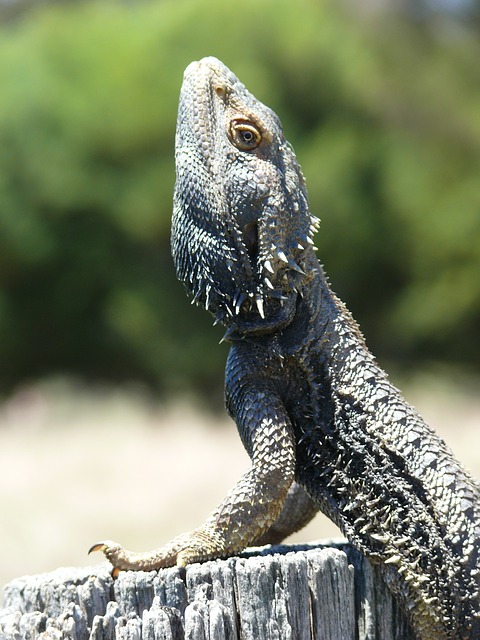
Bearded dragons are native to Australia’s deserts and arid woods. They have been found in a wide range of areas, from the woodlands and deserts to tropical savannahs or coastal dunes.
Red bearded dragon morphs are not a natural color variation found in the wild. The original wild bearded dragons of Australia are varying shades of brown, tan, and some yellow.
However, there has been enough variation from wild types to create the many morphs we have today. The red coloration came from many decades of selective breeding across the globe.
The red bearded dragon falls into the central bearded dragon species. There are several species that are native to Australia, including the Eastern, Rankins, Western, Kimberley, etc…
Bearded dragons are seen in the wild basking on fence posts, boulders, or tree stumps. This gives them an elevated view to see potential predators, prey, or other potential mates. (Clear evidence that these lizards are semi-arboreal)
Frequently Asked Questions
Now, let’s address several more frequently asked questions about red bearded dragons to provide a more comprehensive guide:
Can I House Multiple Bearded Dragons Together?
You should never house multiple bearded dragons together, especially males with males. While it might be possible with a HUGE enclosure for multiple females, it is still not worth the risk. It only takes one bad moment to result in the serious injury or death of one.
What’s the Lifespan of a Red Bearded Dragon?
Like most bearded dragon morphs, the red bearded dragon lives around 10-15 years. In the wild, bearded dragons live around 4-8 years due to predators and harsh environmental conditions.
The oldest recorded bearded dragon was a central bearded dragon named Sebastian, who lived 18 years and 237 days. However, knowledge of their husbandry has improved greatly throughout the years, and bearded dragons are now living around 12-17 years.
Can I Keep a Red Bearded Dragon as a Beginner Reptile Owner?
Yes, definitely! If you are on the fence about whether to get a bearded dragon as your first reptile or lizard, I say go for it! Just make sure to do proper and thorough research before bringing in your new dragon.

It is very important to consider if you have the space for their decently large enclosure. Access to fresh greens and live feeder insects is also crucial.
As Adam from Wickens Wicked Reptiles says, his favorite reptile is Diamond (also his costar), his bearded dragon. He says that Diamond can sit on his shoulder for hours, keeping him company.
Do Red Bearded Dragons Require Special Lighting?
Bearded dragons certainly DO require special lighting. This is in the form of UVB and UVA rays. UVA and UVB lighting should be used 11-13 hours a day with the addition of their primary heat lamp.
It is important to consider the distance of your UV bulbs from the areas where your dragon sits. A recommended rule of thumb is to place the lights no farther than 12 inches from where your bearded dragon can climb. (Check your specific bulb for exact details)
I recommend using mercury vapor bulbs, as they are more energy efficient than fluorescent bulbs and have consistent UVB ray output.
Always check if you are supplying both UVA and UVB, as a bulb may supply just heat and UVA without UVB.
What Other Morphs Can I Consider?
In addition to red bearded dragons, there are countless other morphs to consider, each offering its own unique characteristics and color variations.
Known bearded dragon morphs:
- Classic/Standard
- Leatherback
- German giant
- Zero
- Witblits
- Paradox
- Dunner
- Silkie (Silkback)
- Translucent
- Wero
- Hypomelanistic (Hypo)
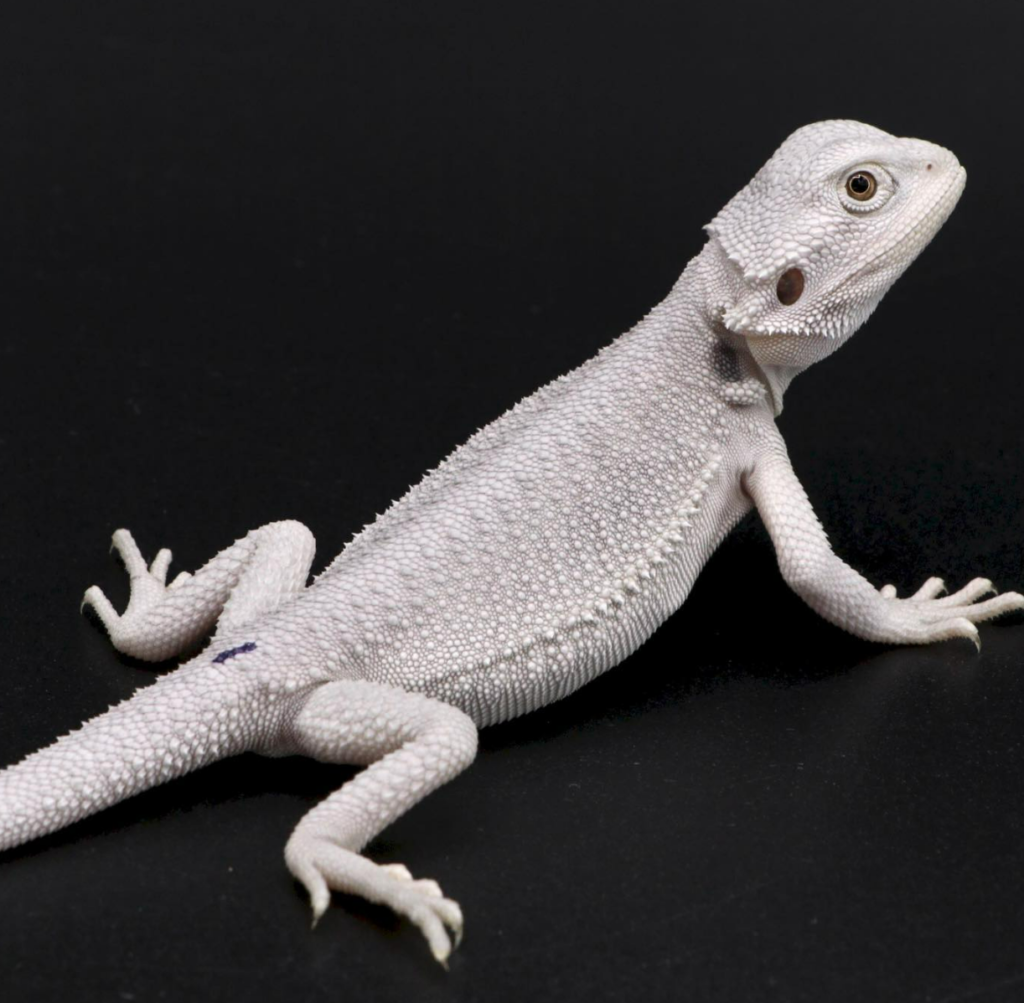
I strongly discourage you from buying a silkie unless you are an advanced reptile keeper or are prepared for their special care requirements. The breeding of silkies is also frowned upon in the hobby because of their shortened lifespan, increased risk of injury, and poorer quality of life.
Do I Need to Provide a Basking Spot for My Red Bearded Dragon?
Absolutely. Bearded dragons, including red morphs, require a basking spot in their habitat to regulate their body temperature. The basking spot should be around 95-105 degrees Fahrenheit.
I hear a lot of people stressing over the exact temperature, but I am here to assure you that your dragon will be completely fine at either 102 or 103 (random temps) degrees Fahrenheit.
Think about it like this: A bearded dragon in its natural habitat experiences daily temperature fluctuations and can’t expect it to always be optimal.
Random fun fact!
As Clint from Clint’s Reptiles says, bearded dragons come straight from nature basically potty trained! The trick is to give them a bath before handling them so they can do their business there, instead of on your … hand…
Conclusion
Wrapping up our journey, here’s a quick recap of what we learned:
- Red bearded dragons are the second most common morph, and their red coloration makes them a popular choice amongst reptile keepers
- Red bearded dragons grow to lengths of between 18-24 inches, and a 120-gallon tank is the minimum size required to house them
- Upfront costs can range from $200 – $800 depending on the morph of the dragon and enclosure setup
- These dragons eat a diverse diet of insects and greens, like all other morphs
- Contrary to common belief, bearded dragons do not turn red, but their beard can turn various shades of black
- The red morph is not a natural coloration found in the wild and has been introduced through years of selective breeding
What’s your favorite bearded dragon morph, and why? Do you have any questions about red bearded dragons or other morphs? Please share your thoughts in the comments below 🙂 We’d love to hear from you!
